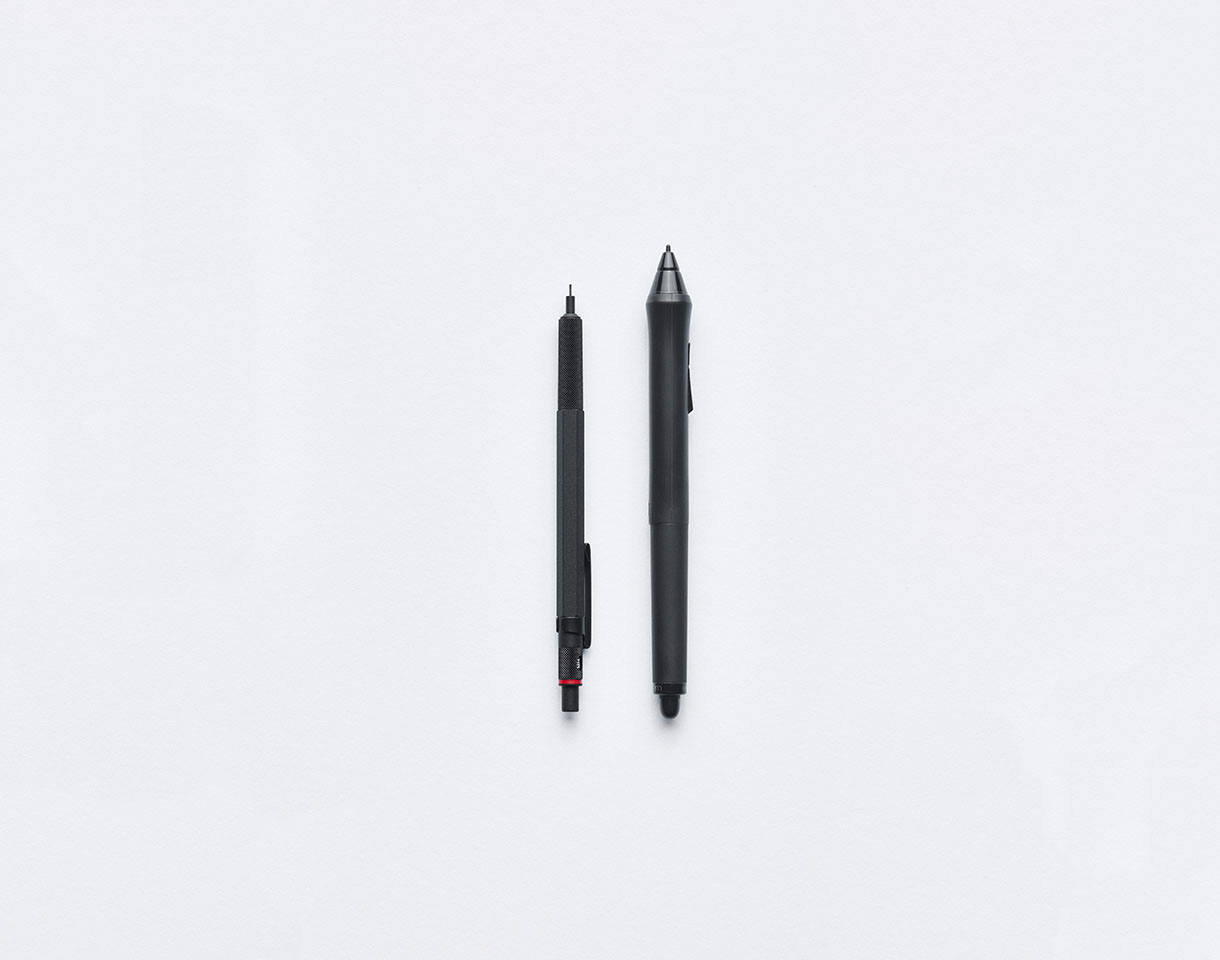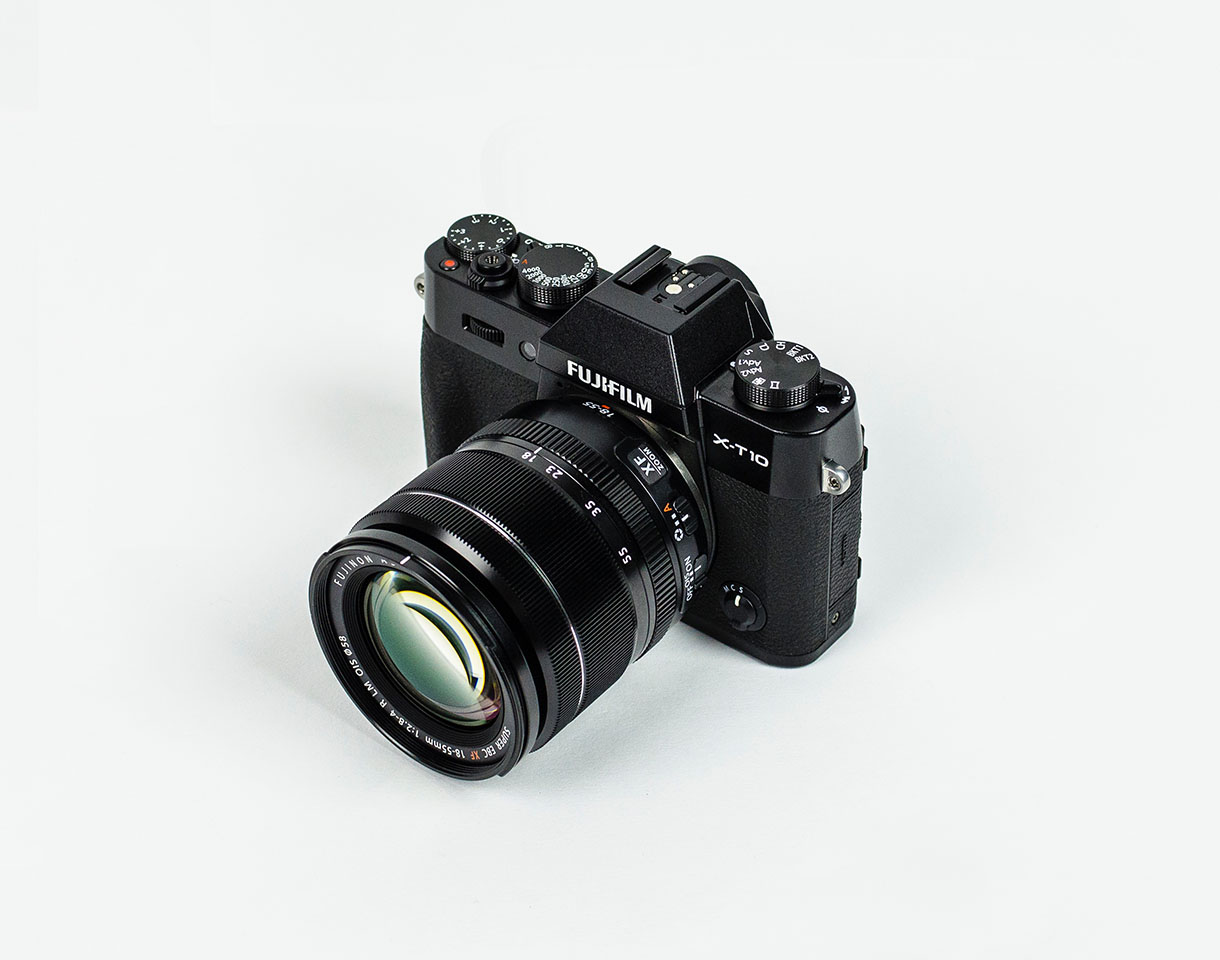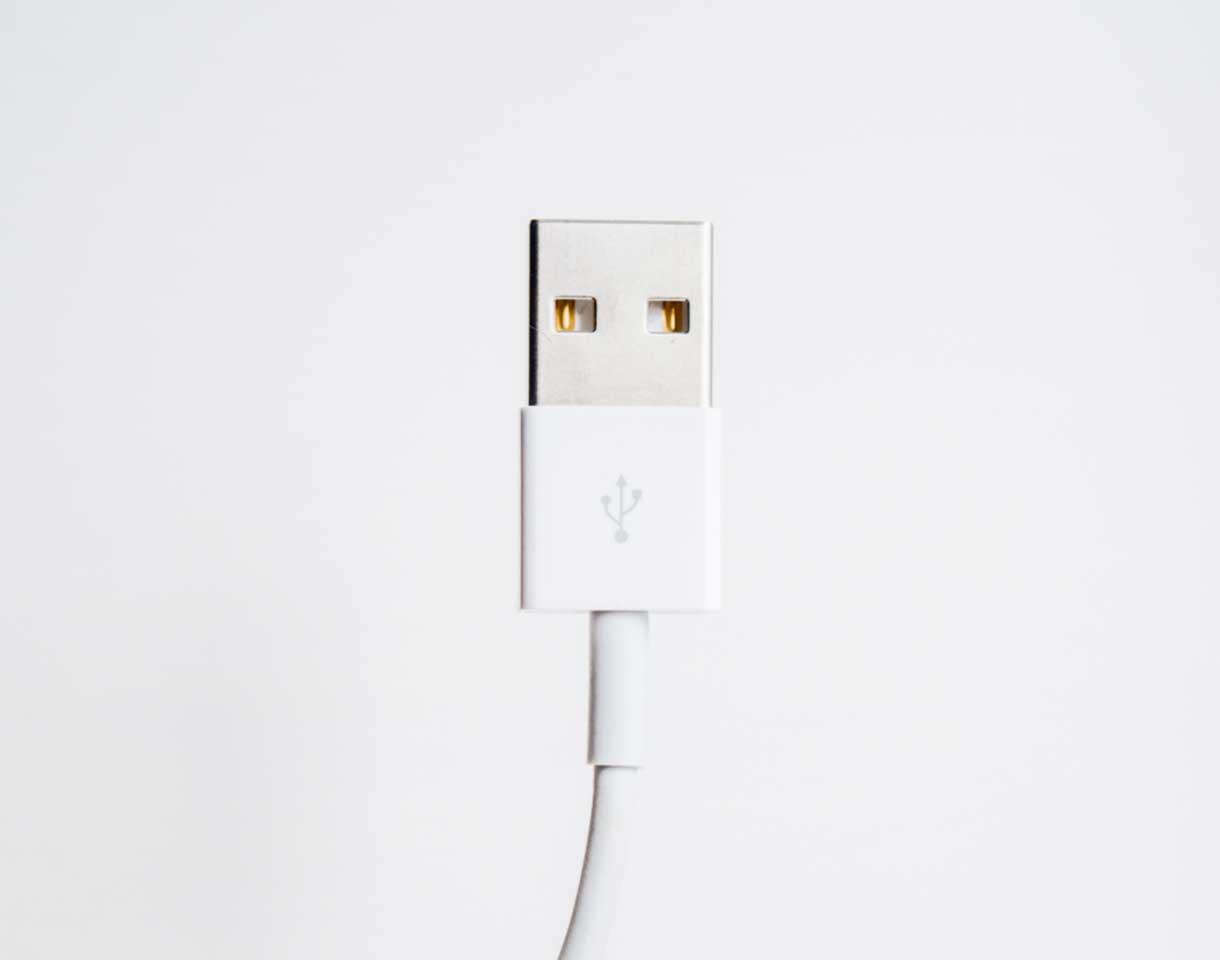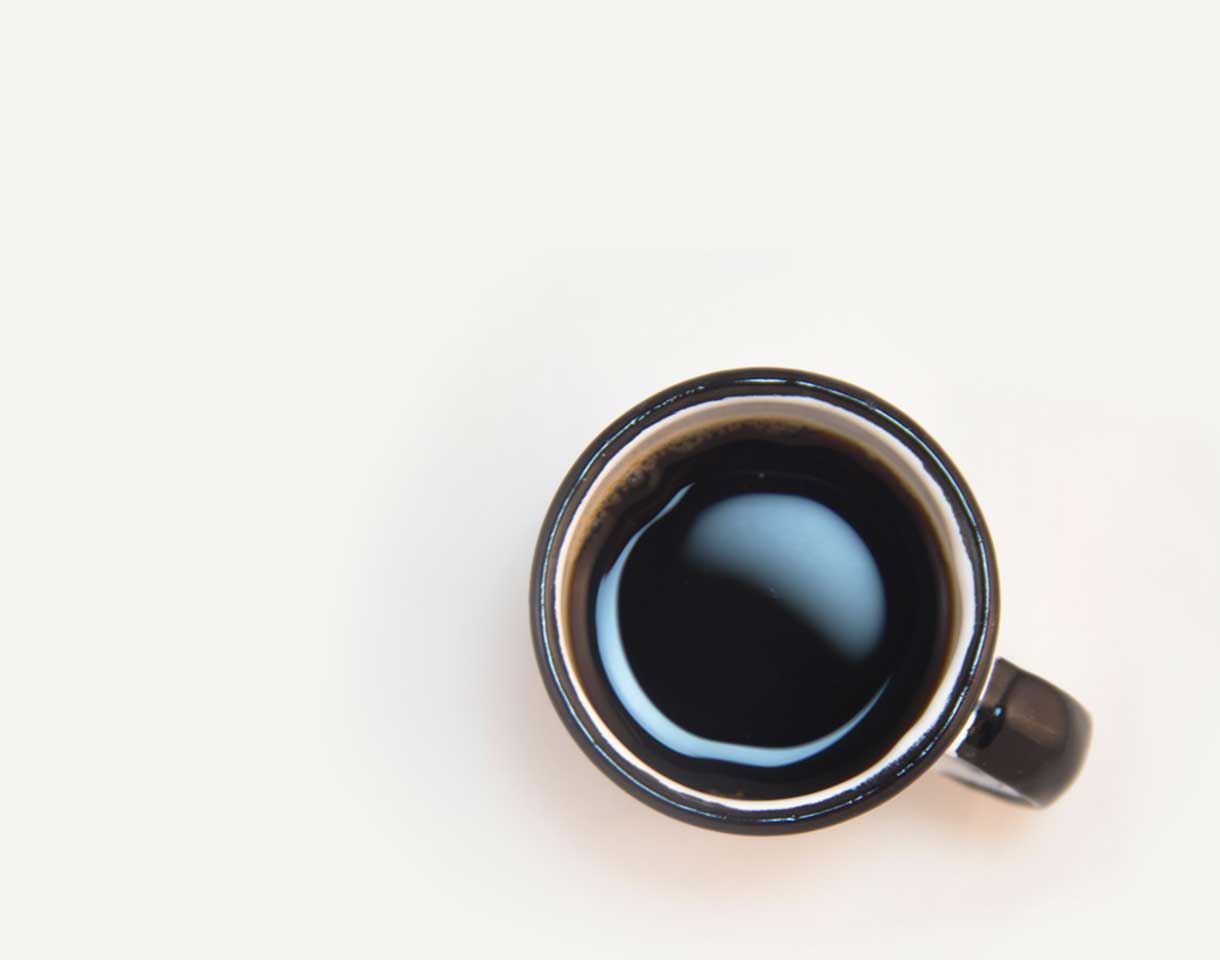
"A good clean work space goes a long way in your thought process. You have to clear out any unecessary noises and distractions."
Good Design
by Dieter Rams |
May 17, 2017
Life & Career
Dieter Rams began his studies in architecture and interior decoration at Wiesbaden School of Art in 1947. A year later, in 1948, he took a break from studying to gain practical experience and finish his carpentry apprenticeship. He returned to Wiesbaden School of Art in 1948 and graduated with honours in 1953 after which he began working for Frankfurt-based architect Otto Apel. In 1955, he was recruited to Braun as an architect and an interior designer. In 1961, he became the Chief Design Officer at Braun, a position he retained until 1995.
In 2010, to mark his contribution to the world of design, he was awarded the 'Kölner Klopfer' prize by the students of the Cologne International School of Design and in 2009 awarded the great design prize in Australia. In addition, as successor to the Bauhaus, Rams eventually became a protégé of the Ulm School of Design in Ulm, Germany.
• • • • • • • • • • • • • • • • • •
Ram's 10 Principles of Good Design
Rams introduced the idea of sustainable development and of obsolescence being a crime in design in the 1970s. Accordingly, he asked himself the question: is my design good design? The answer formed is now the celebrated ten principles.
Good design:
- is innovative – The possibilities for progression are not, by any means, exhausted. Technological development is always offering new opportunities for original designs. But imaginative design always develops in tandem with improving technology, and can never be an end in itself.
- makes a product useful – A product is bought to be used. It has to satisfy not only functional, but also psychological and aesthetic criteria. Good design emphasizes the usefulness of a product whilst disregarding anything that could detract from it.
- is aesthetic – The aesthetic quality of a product is integral to its usefulness because products are used every day and have an effect on people and their well-being. Only well-executed objects can be beautiful.
- makes a product understandable – It clarifies the product’s structure. Better still, it can make the product clearly express its function by making use of the user's intuition. At best, it is self-explanatory.
- is unobtrusive – Products fulfilling a purpose are like tools. They are neither decorative objects nor works of art. Their design should therefore be both neutral and restrained, to leave room for the user's self-expression.
- is honest – It does not make a product appear more innovative, powerful or valuable than it really is. It does not attempt to manipulate the consumer with promises that cannot be kept.
- is long-lasting – It avoids being fashionable and therefore never appears antiquated. Unlike fashionable design, it lasts many years – even in today's throwaway society.
- is thorough down to the last detail – Nothing must be arbitrary or left to chance. Care and accuracy in the design process show respect towards the consumer.
- is environmentally friendly – Design makes an important contribution to the preservation of the environment. It conserves resources and minimizes physical and visual pollution throughout the lifecycle of the product.
- is as little design as possible – Less, but better – because it concentrates on the essential aspects, and the products are not burdened with non-essentials. Back to purity, back to simplicity.
• • • • • • • • • • • • • • • • • •

Dieter always starts his design process with a pencil, pen, and a piece of paper.
Dieter Rams was strongly influenced by the presence of his grandfather, a carpenter. Rams once explained his design approach in the phrase "Weniger, aber besser" which translates as "Less, but better". Rams and his staff designed many memorable products for Braun including the famous SK-4 record player and the high-quality 'D'-series (D45, D46) of 35 mm film slide projectors. He is also known for designing a furniture collection for Vitsœ in the 1960s including the 606 Universal Shelving System and 620 Chair Programme.
By producing electronic gadgets that were remarkable in their austere aesthetic and user friendliness, Rams made Braun a household name in the 1950s.In 2010, to mark his contribution to the world of design, he was awarded the 'Kölner Klopfer' prize by the students of the Cologne International School of Design and in 2009 awarded the great design prize in Australia. In addition, as successor to the Bauhaus, Rams eventually became a protégé of the Ulm School of Design in Ulm, Germany.
• • • • • • • • • • • • • • • • • •
Advertisement




